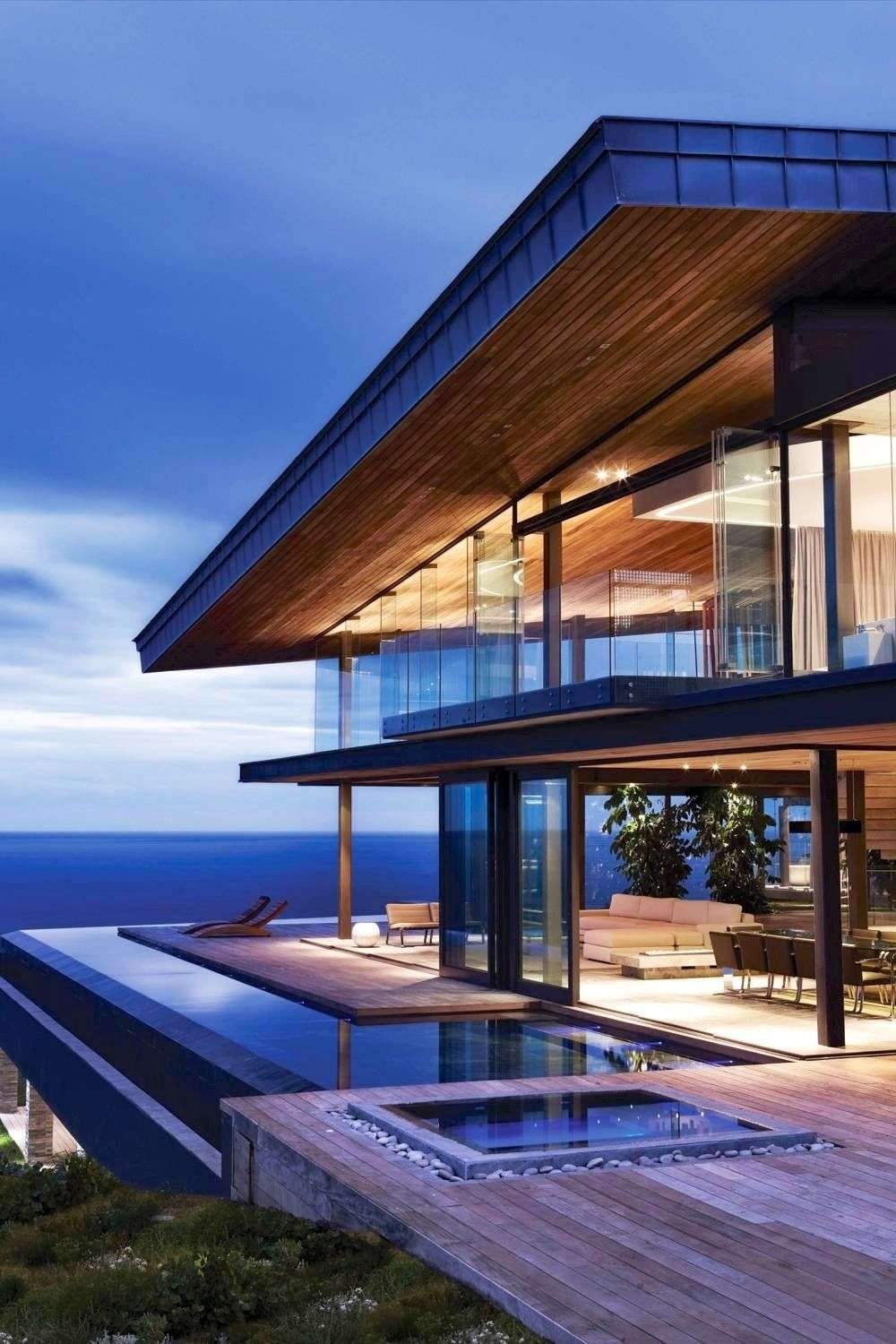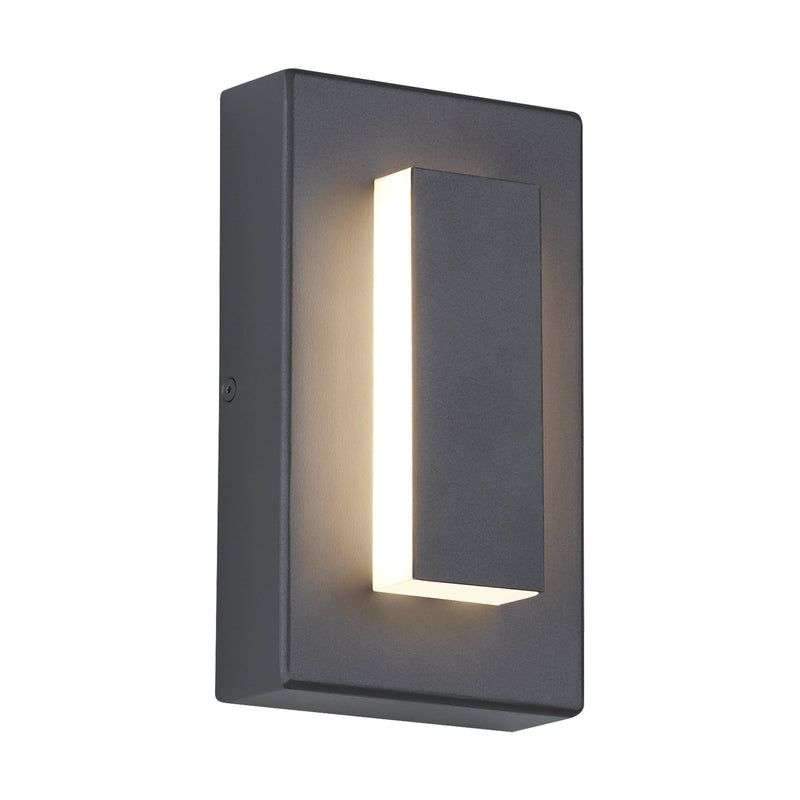Conservation of urban heritage in the Kingdom of Saudi Arabia,
The Kingdom of Saudi Arabia is one of the countries with a distinctive urban heritage that deserves to be preserved.
The restoration and maintenance work is one of the most important factors in preserving the urban heritage in the Kingdom,
after much of it has been subjected to extinction and loss.
Through the exposure of some historical areas, over time,
to urban and social changes, it contributed to the deterioration of its urban fabric.
This is due to the steady increase in the population, which played a major role in this,
in addition to misuse, loss of civilized awareness and the collapse of services.
In the face of these challenges, the Kingdom has resorted to developing a program of maintenance
and restoration of historical places and buildings with aesthetic values to re-purpose many of them.
Where the plans of the province varied between the individual style,
the restoration of individual buildings, or the comprehensive trend of preserving entire areas.
Restoration of archaeological areas in Jeddah and Makkah
The restoration process in Old Jeddah included residential,
commercial, craft, cultural, religious and social buildings with a unique cultural and urban heritage.
It also included the renewal of the service network and infrastructure.

In Makkah Al-Mukarramah, there were some attempts to preserve the urban heritage there,
due to the wave of development that the Holy City is witnessing, including expansions in roads, tunnels and others.
Conservation of urban heritage in the Kingdom of Saudi Arabia
Therefore, there was an attempt at the official level of the Custodian of the Two Holy Mosques Institute for Hajj Research,
in documenting a group of traditional buildings with heritage values.
In addition, there were attempts to restore some archaeological buildings,
such as Saqqaf Palace.
.

Saqqaf Palace
It is one of the old administrative public buildings, which is located in Makkah Al-Mukarramah, and has a great historical value.
It was built during the period of Ottoman rule for the region,
and was used as the residence of King Abdul Aziz, and also as the headquarters of the Muslim World League.
Al-Saqqaf Palace was also taken as the headquarters of the Emirate of Makkah and the Holy Capital Police.
The building is distinguished by distinct architectural features and features that add to its historical value, making it worthy of preservation, re-use and re-use.
From time to time, some repairs and restorations are made from the outside,
to maintain its general appearance.
However, maintenance and restoration in its proper sense did not find its way to the building,
and the building is still deserted, indicating a heritage that is almost disappearing.
It tells the building an unsatisfactory picture, after losing parts of it, in order to establish the building of the branches of the Ministry of Finance.
You may like: Aspects of Saudi architecture in the Hejaz region





